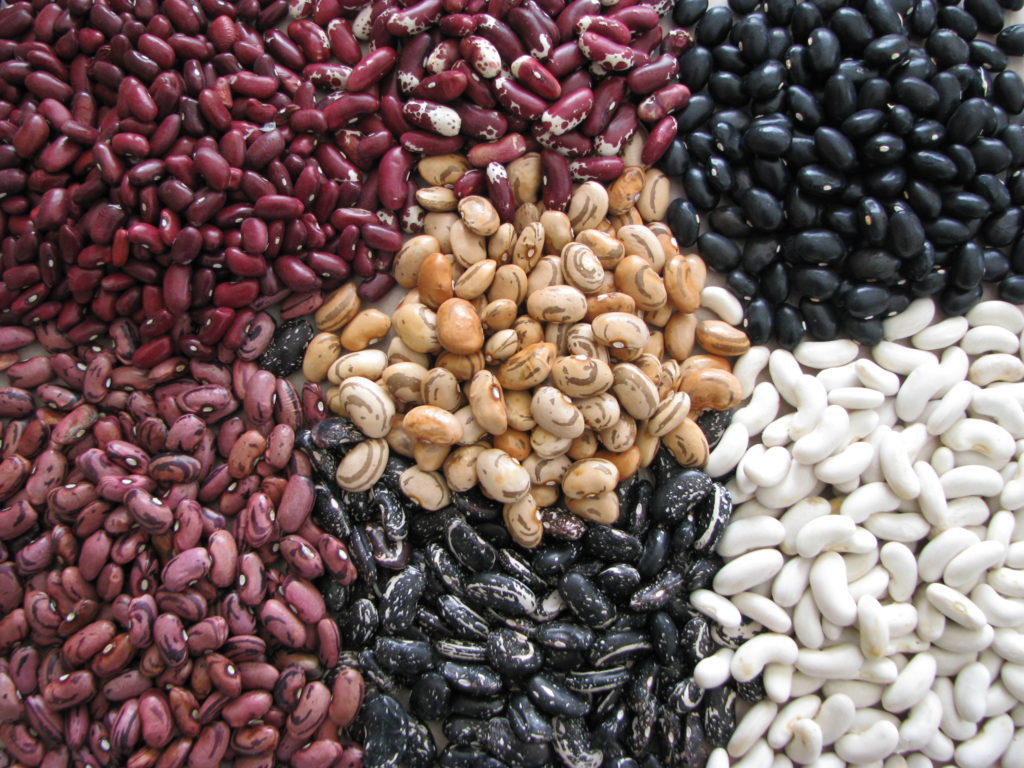
There’s so much more to know about beans to grow than you might think! Find the right bean.
Selecting Seed for Beans to Grow
There are so many beautiful bean varieties to eat fresh and even more gorgeous dried beans. To select the best seed for your needs, ask yourself these three questions:

Bean plants at the end of June
1. Do I want to eat the beans fresh, about a month after planting?
Fresh beans to grow: snap and filet
Yes! Then plant either round or flat-podded beans. Snap beans usually have strings that get tougher as the pod gets larger. These strings can be removed as you snap off the top of the bean. Flat-podded beans are loved for their taste. Don’t want strings? Then plant filet beans. These lovely pods are thinner than snap beans but they require picking every few days to keep the plant producing. Round-podded snap and filet beans come in shades of green, yellow and purple.
The fresh-eating beans tend to have similar days-to-maturity, at around 50 days. Aside from this, you can look for varieties with disease resistance (more on that below).
2. Do I want to eat dried beans in soups in the winter?
Dried and shell beans to grow
Yes! Then plant varieties for this purpose. Compared to the above, fresh-eating beans, dried beans tend to be larger beans that fill the pod better at maturity. I’ve found that fresh-eating beans make poor dried beans but the converse is not true! Munch on those dried bean varieties throughout the summer and you might find yourself a new favourite snap bean! Once the pods are too big to eat entirely, then shell the soft beans and cook gently for more deliciousness!
You have many varieties to choose from in this group. So many have interesting back stories and are visually striking. My favourite window-shopping websites for beans are Rancho Gordo and A Bean Collector’s Window. I dare you to browse the beans on one of those sites and not find a variety that you must grow this year. For a list of Canadian seed vendors by bean variety, Seeds of Diversity has compiled this list.
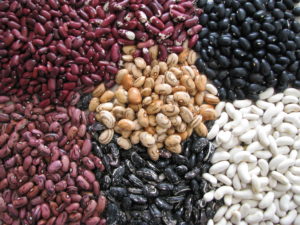
Dried beans from top left counterclockwise, rio zape (from Mexico), macuzalito (from Honduras), Jacob’s cattle, black coco, silver cloud cannellini, skunk, Bosnian (centre).
3. How much space do I have for all these bean plants?
Growth Habit of Beans
The last main consideration is growth habit. All of the above fresh and dried bean types (snap, filet, flat-podded and dried) come in either determinate/bush habit or indeterminate/climbing habit varieties. Each has benefits:
| Plant habit | Advantage | Disadvantage |
| Bush/determinate | Compact plant means lots of beans in a little space | Crops all at once means a few beany weeks then you’re back to beanless drudgery |
| Climbing/indeterminate | Crops over the entire summer once plants flower | Should be trellised to keep beans off the ground so they don’t rot |
Since you will need more plants to harvest enough dried beans to eat, trellising becomes more of a task for climbing varieties than for fresh-eating climbing varieties, where a few plants may be enough.
Planting
Beans love heat. Wait until a few weeks after the last frost before planting. I use June 1st as my date. Resist the urge to pop them in the ground any earlier! If the ground is too cool the beans will either rot or will send up just a sad little stem that will never develop leaves (the leaves rotted off underground). Trust me, you will only make this mistake once (see the picture below)! Don’t be fooled by warm May weather either; it can still turn cool and the soil temperature will drop precipitously. The optimum soil temperature for germination is 22-30 ⁰C (OECD bean chapter).

Climbing beans in the foreground and bush beans in the background. The bare soil in the middle was two rows of beans planted mid-May, right before the weather turned cool. The beans were slow to germinate, many had rotted, and ultimately these rows had to be re-planted. What you can’t see is that the rows were 25 m long.
If you are planting bush beans, then your best pathway to a summer of bean-eating is to stagger your plantings by two weeks. So if you plant beans on June 1st then plant some again on June 15th. I like to save some seed for an August 1st planting. This gives me beans in September, which is a way of tricking me into thinking that summer isn’t ending so soon.
Common Diseases
Beans are generally problem free. Follow these growing practices to keep the plants healthy:
- Space: Give the plants good space between each other and between the rows to allow air circulation and plant in a sunny spot so the morning dew dries quickly. If the plants are able to dry, they should be happy and fairly disease free.
- Harvest beans as they mature, even if you can’t keep up with eating them. This prevents the beans from over-maturing and rotting on the plant.
- Plant disease-resistant or tolerant varieties
Other than that, you are at the mercy of the weather, which promotes certain diseases.
Here is a great resource with pictures of common bean diseases:
References – University of Kentucky Plant Pathology Fact Sheet and University of Wisconsin Handbook of Bean Disease
Harvest
Snap/Filet: Pay attention to your plants after they flower. The slender pods arise about one month after and if you blink, you might miss them at the peak of their eating quality! As the thin pods form, pick them daily or at most every-other-day. You can pick them as small as you like them. The filet beans tend to be thinner than the snap beans at maturity and they require daily picking. Depending on the variety, the bean pods may get a fibrous string down the middle as they age.
Dry: These are beans for the procrastinator! As the rest of your garden demands your attention, the beans destined to be dried form pods, grow mature beans, then dry out. Harvest the pods at the end of the season when the pods are brittle and you can hear the beans rattling inside. Instead of picking all the beans at once, I pick them as they dry out. This prevents some of the first-maturing beans from rotting, if the weather turns wet. Then spread the beans out to dry inside and once all the beans are picked at the end of the season, shell them.
Recipe
The best part about growing your own dried beans is they require much less soaking than store-bought beans. One of my favourite beans to grow is the coco black bean since it makes fantastic soup and refried beans. Here is a great recipe from Serious Eats for BLACK BEAN SOUP (substituting 1 cup of dried beans that have been cooked instead of the canned beans)
About Beans to Grow
Beans are the most commonly consumed legume worldwide. Today, you can find the wild bean all the way from Mexico down to Argentina. Beans have the distinction of being domesticated at least twice starting about 8000 years ago, once in the Andes and once in Mesoamerica (Genome Biology). Beans likely originated somewhere in Mexico about 5 million years ago, then were spread to South America perhaps by birds (PNAS). It was from these two populations that common beans were domesticated. The Andean (South American) bean population experienced a bottleneck during its travels and as a result it has a much lower genetic diversity than the Mesoamerican (Mexican) population. Interestingly, most of the bean varieties that we consume today come from the less diverse Andean population. This means that the Mesoamerican beans may hold genetic secrets that will allow them to adapt to heat stress and drought if they are used to develop new varieties (PLoS ONE). The future is bright for beans!


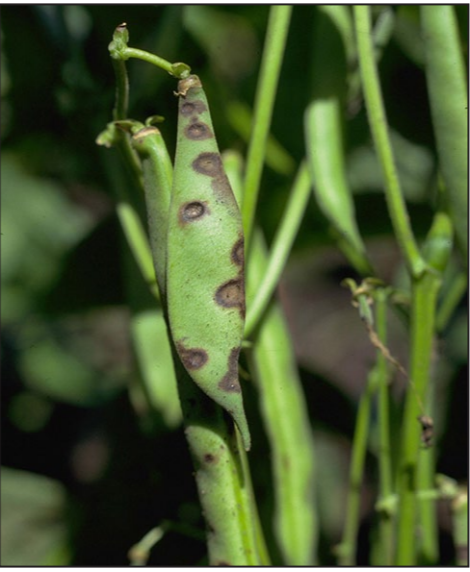
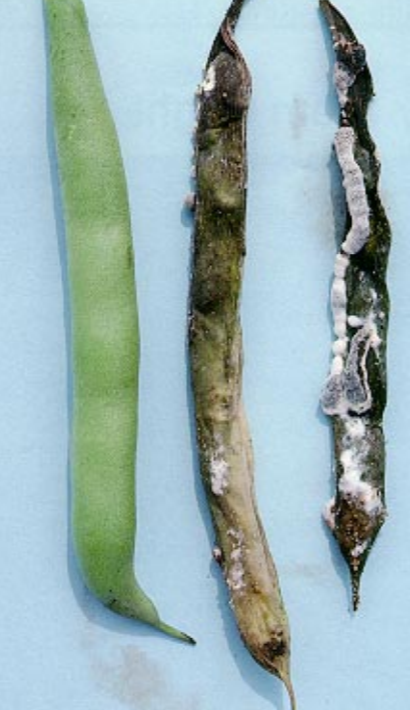
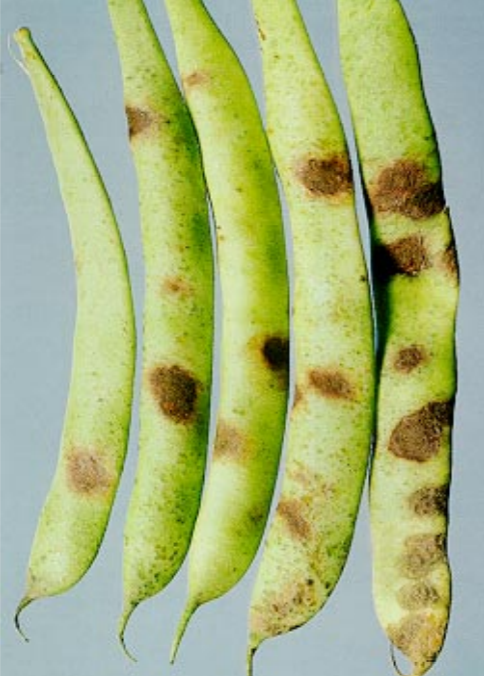
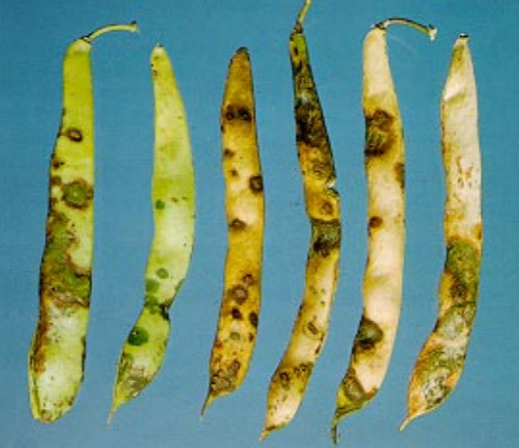
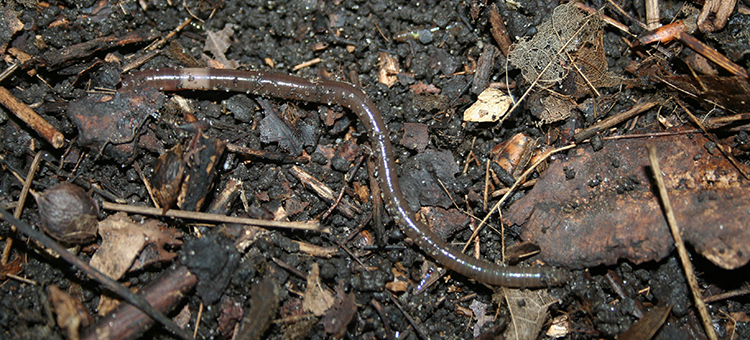
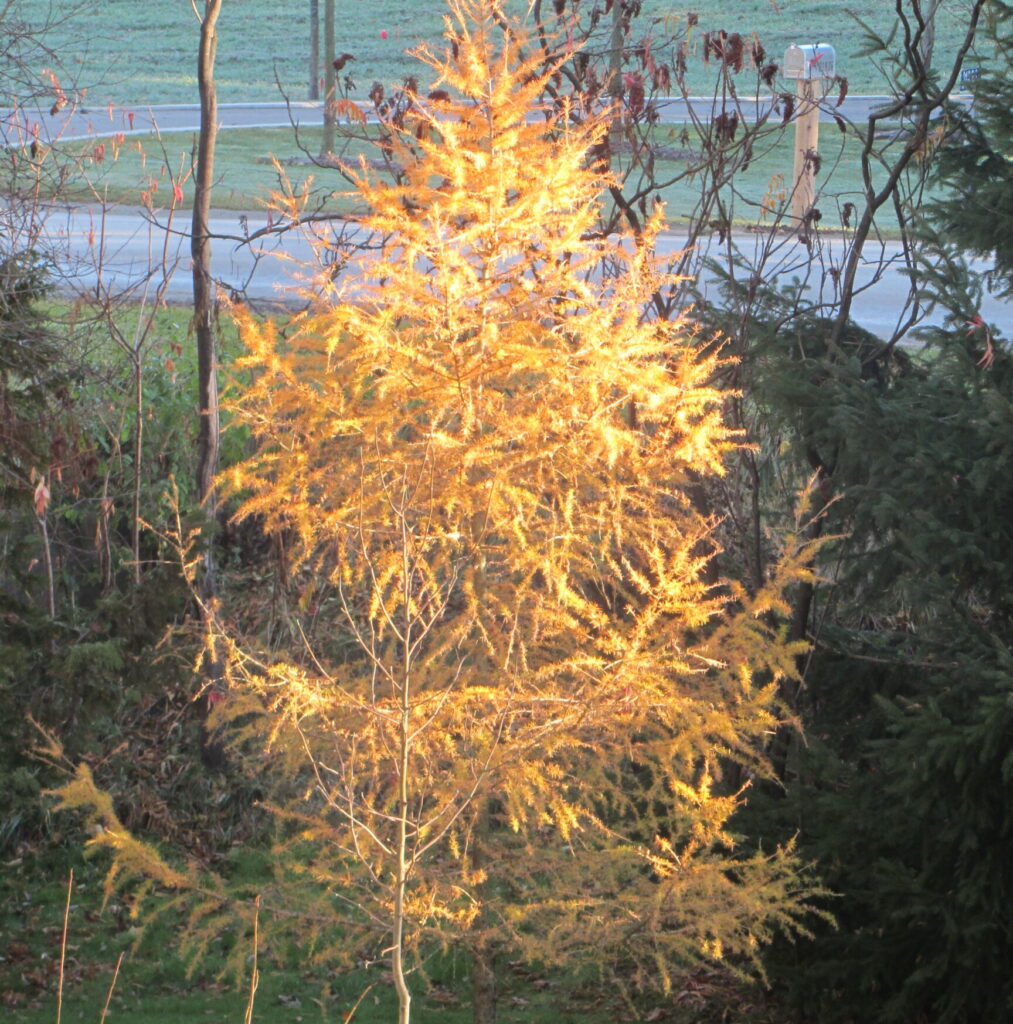

About The Author: Amy Turnbull
Scientist, researcher and professor at Fanshawe College. Avid grower of edibles in her home garden.
More posts by Amy Turnbull